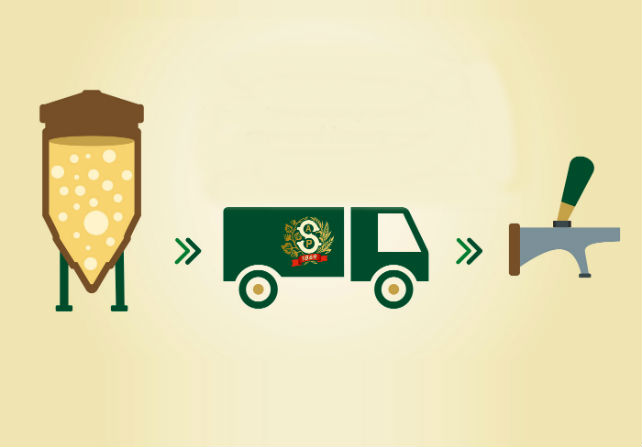Conversations about beer often include the term beer quality. Usually, it is in reference to the overall experience of drinking beer. The combination of appearance, aroma and flavor is measured carefully in our brain receptors and a conclusion is made. We like it or not. Either way we create a sensory profile of the beer for ourselves and we set certain expectations. The most important job the brewer and the brewery have is to meet these expectations. That why consistency is so important.
If every step of the brewing process is not carefully completed, the chances of scattered results increase. Brewing is a long process and beer stability is one of the main concerns for the brewer. Beer stability is important for the perception of beer quality. It refers to physical (liquid clarity), microbiological (avoiding contamination) and flavor stability. The first two are totally controlled by the brewer. The third one, flavor stability, is only partially controllable by the brewer and that is where many issues can arise.
As soon as the beer leaves the brewery, it should be kept in the best possible conditions, which means away from light and heat. The third enemy of beer, oxygen, is taken care of in the brewery. It is perfectly natural that flavor changes as beer ages. It is a part of the beer experience. Some styles (hop forward beers i.e.) are more affected by aging than others. In some styles aging is even desirable (strong beers like barleywine or imperial stouts). However, outside factors can compromise flavor stability and that is why education of all people involved in the beer delivery process, from distributors to the bartenders, is a must.
Beer is a living thing that requires constant maintenance and care at every step. A disappointed beer drinker is the worst thing that can happen to a brewer. Because what the brewers job really comes down to is providing the ultimate satisfaction via the liquid he carefully creates.
Image

Beerpedia
Image

